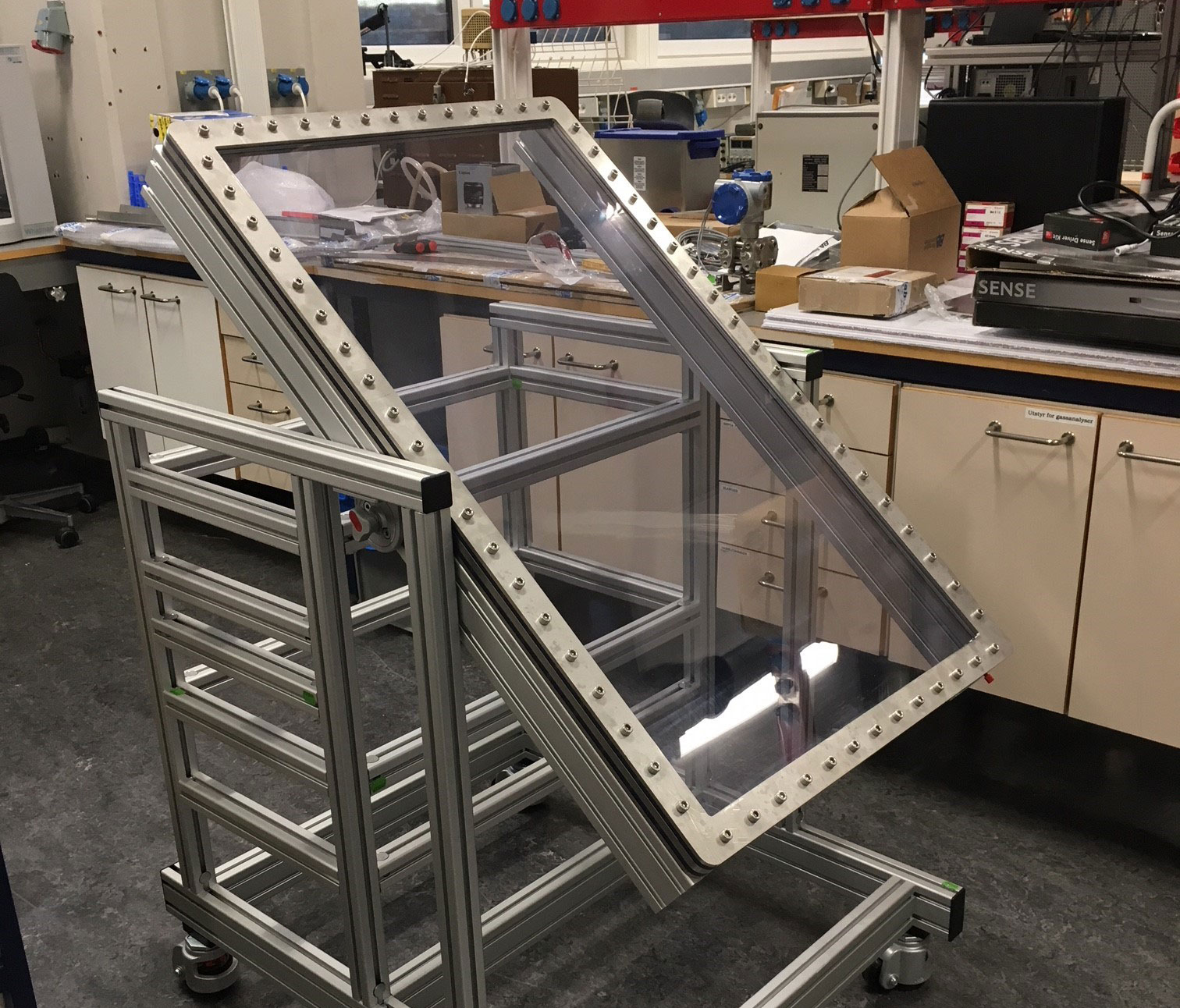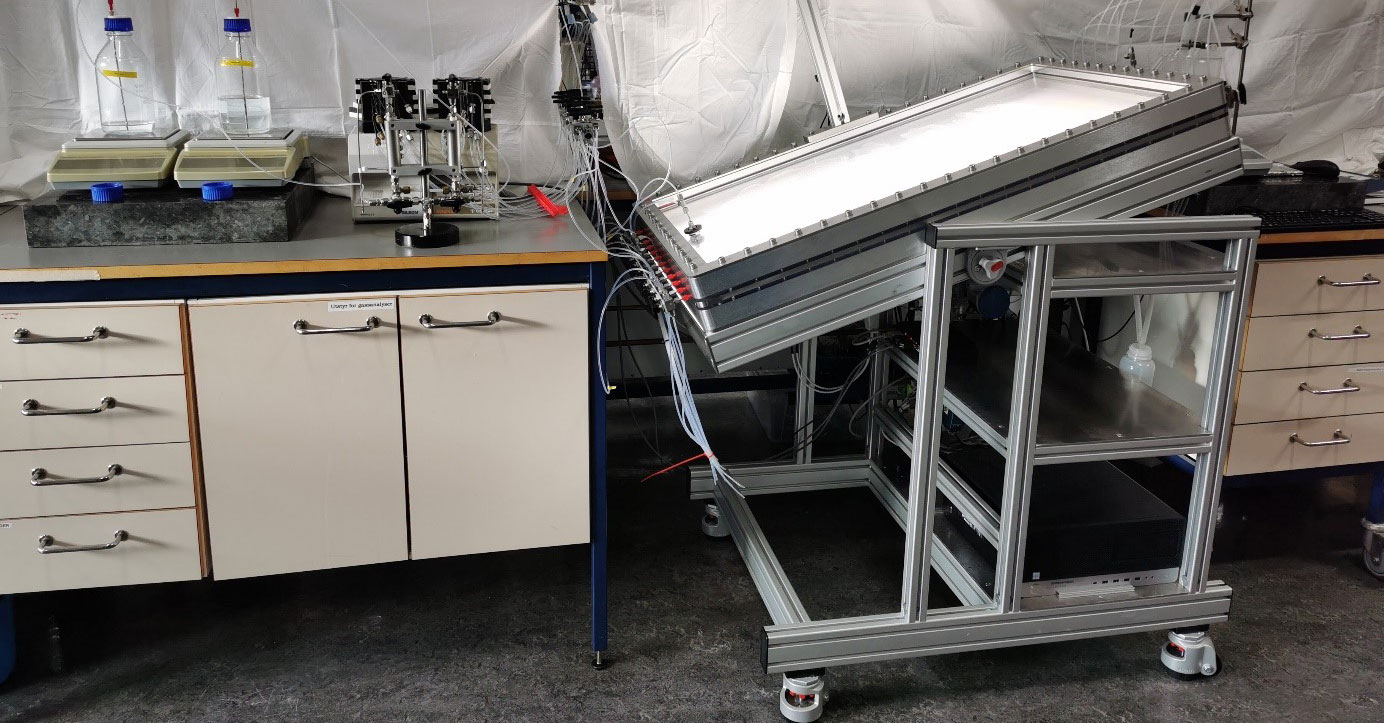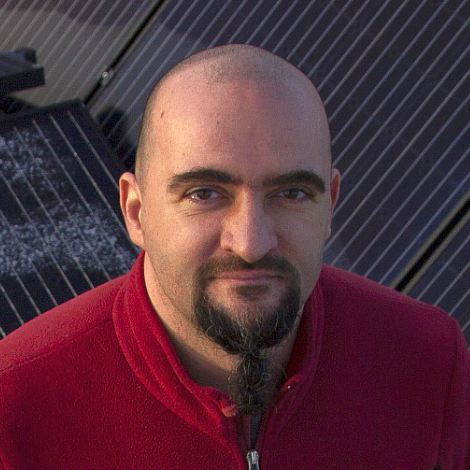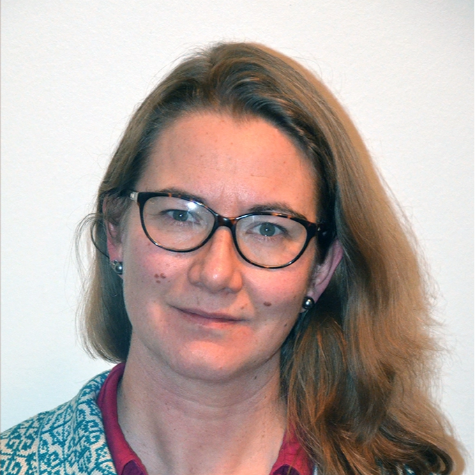SINTEF has built a new Hele-Shaw cell to study two-phase flow in natural fractures in geological formations. The cell built at SINTEF is one of very few in the world of its size and capabilities. But why do we need to study two-phase flow? And what is so special about our new Hele-Shaw cell? Keep reading and you’ll find out!
- Co-author: Martin Raphaug, SINTEF Industry
Why study two-phase flow in fractures?
Getting more oil and gas out of the ground calls for better understanding of fluid flow in the reservoir. Some geological formations are particularly known for low oil recovery factors. For instance, often only 5-10 % of available oil is extracted from naturally-fractured carbonate rocks.
One of the reasons responsible for challenges in such reservoirs is that hydrocarbons here flow through the fracture network rather than through porous media, as they do e.g. in a high-permeability sandstone. Similar types of flow occur in shale-gas plays and in geothermal reservoirs.
Analysing and predicting flow of even a single fluid through a fracture network is challenging. In oil & gas reservoirs, two different fluids usually flow simultaneously, a situation known as two-phase flow. For instance, oil and formation brine (water with dissolved salts) can flow in the same fracture simultaneously, or oil can be displaced by water or foam injected from the Earth’s surface in order to improve recovery.
Complex flow patterns develop under such flow conditions. These flow patterns are not easy to predict. Numerical models currently used to analyse such flows require validation through experiments set up under controlled conditions. In a Strategic Institute Project ongoing at SINTEF Industry, researchers from Petroleum Department have made one more step towards making such validation reality.
What’s new?
In the experimental apparatus newly designed and constructed at the Reservoir Flow Laboratory, a fracture is represented as a thin slot between two parallel transparent plates. This type of setup, commonly known as Hele-Shaw cell, is frequently employed to study fluid flow in fractures and porous media. The aperture between the plates is adjustable and can be made quite small, below 1 mm, which is necessary in order to represent thin fractures found at great depth. The plates can be tilted in order to model a non-horizontal fracture. Inclinations cover the whole range, from horizontal to vertical.
The dimensions of the plates are 1 m in the flow direction times 0.6 m normal to flow. SINTEF’s cell is thus much larger than typical Hele-Shaw cells. Such large dimensions are needed in order to capture essential features of oil-water flow, e.g. evolution of “fingers” (see the video below). The novelty of the new setup is due to the combination of large in-plane dimensions, adjustable inclination, and small aperture.
Challenges
Very few large cells have been constructed worldwide. Typically, such cells have much larger aperture than 1 mm. The reason for this is that, as the dimensions of the plates increase, it becomes more difficult to control the plate deflection caused by the gravity and by the pressure changes occurring during the experiment.
If the aperture were a few cm, the inaccuracies in the fracture aperture would not affect the flow that much. However, at small gaps enabled in the SINTEF apparatus, such deflections are not acceptable. Innovative solutions used in the SINTEF design enabled us to minimize the deflection and to ensure that the aperture variations remain within acceptable limits.

Running an experiment
In a typical experiment performed in the cell, the space between the plates is first filled with a fluid, e.g. oil, by pumping it through the inlets located at the shorter side of the cell. Afterwards, another fluid, e.g. water, is injected with another pump. It is possible to inject a mixture of oil and water by connecting the water pump and the oil pump to different inlets. In this case, the fluids are mixed in a porous media adjacent to the inlets, before the two-phase system enters the slot.
A camera fixed above the cell takes a series of pictures during the experiment, which are later analysed using a specially developed image-processing software. The images are then used to quantify the speed of fluid displacement and the flow patterns developing underway.
What’s next?
There is much more physics involved in two-phase flow in a naturally fractured reservoir than SINTEF’s new setup, as of today, is able to capture. For instance, the flow in the subsurface is, in reality, complicated by a continuously occurring fluid exchange between the porous rock and the fracture through the fracture wall. Fractures with different (and varying) shape, roughness and wettability of the fracture wall can be present in the fracture network. Fracture junctions and intersections introduce additional complexity in the flow. Some of these effects can be studied by means of numerical modelling. Others require experimental investigation.
The new flow cell at SINTEF can be upgraded to gain new knowledge about several of these mechanisms, for example how fracture junctions as well as roughness and wettability of the fracture surfaces affect the flow. This will, in the end, contribute to more efficient and predictable hydrocarbon recovery worldwide. Improving our knowledge about two-phase flow in fractures will be important in the years to come as easily-recovered hydrocarbons are gradually depleted and all that is left is difficult reservoirs with low recovery factors.















Comments
No comments yet. Be the first to comment!